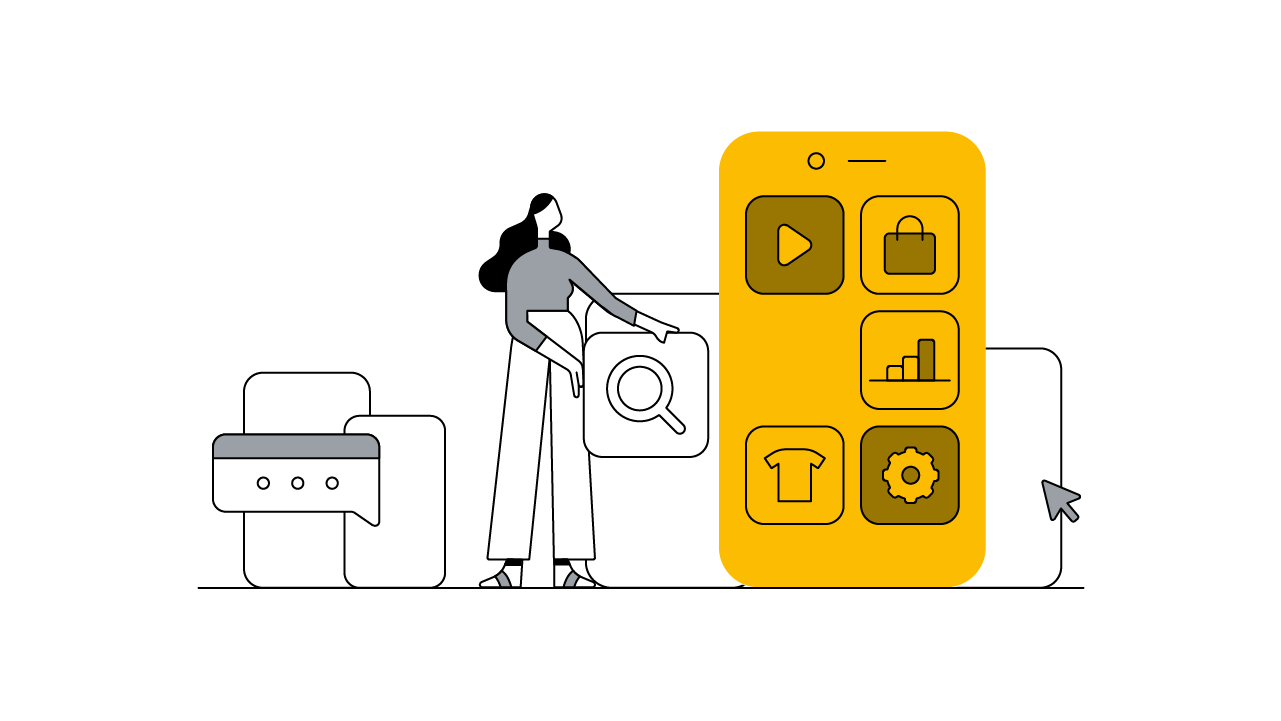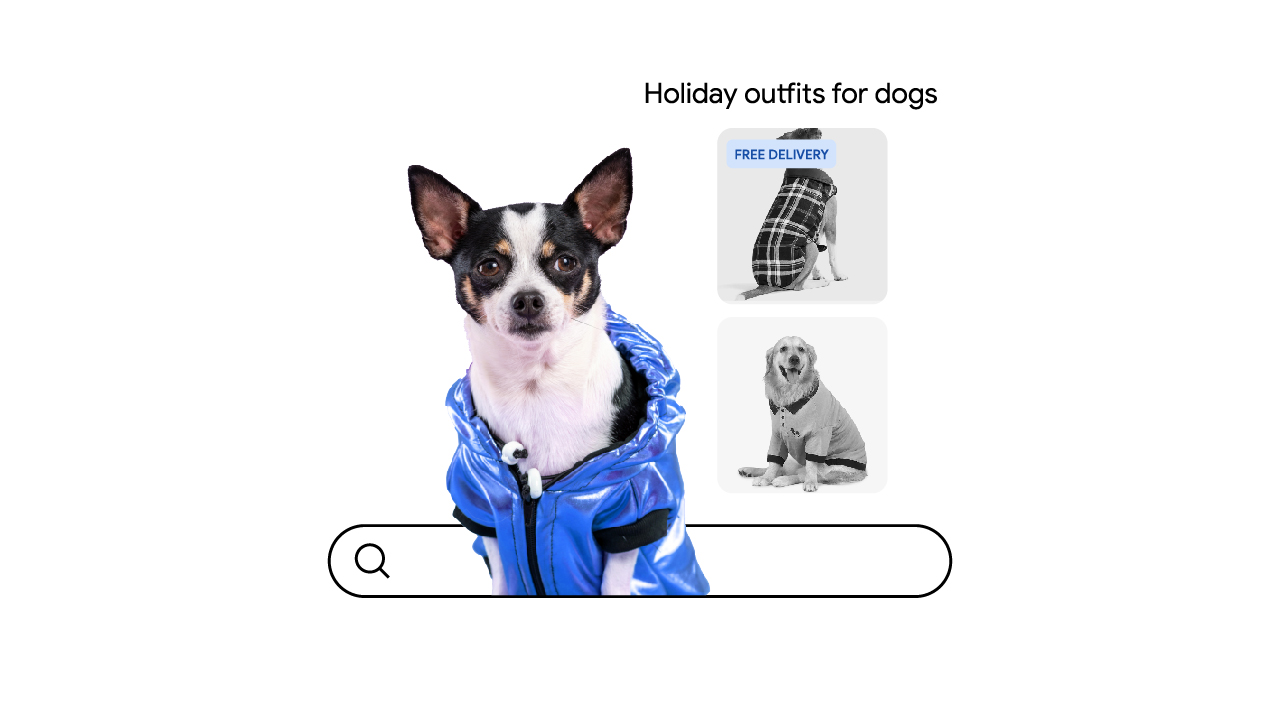In APAC, digital banking is on the rise and apps are the new battleground. Almost 70% of finance app users across six APAC markets choose apps as their preferred channel for banking and engaging with financial providers.1 The average user also has five different finance apps installed.2 For finance brands to successfully drive engagement, their apps need to stand out.
A close study of app user behavior can help. With insight into users’ banking needs and behaviors, marketers can develop innovative apps, supported by integrated marketing, which deliver outstanding design and engaging user experiences.
Our recent study of finance app user behavior shows that 78% of users agree that finance apps provide them with new, up-to-date information from the bank.3 When it comes to payments, 29% of finance app users want to change the way they pay because of COVID-19, and 81% agree that they prefer digital payments.4 Also, 23% of users regularly apply for financial products and services through these apps.5
As finance apps progress from being complementary marketing channels to full-service platforms, there is an opportunity for financial brands to maximize the potential of apps. We explore three ways in which app user behavior can help brands build winning apps that engage customers and deliver brand value in a competitive finance app landscape.
Build trust to build loyalty
Users must first trust that their money and private information are being handled securely by a finance app before they will continue using it. Indeed, 51% of app users say the top reason they continue to use an app is because it's “proven to be safe and secure.” A secure app experience builds trust, and banks must make this a priority when developing its apps.

Key security features finance apps should have include two- or multi-factor authentication, device authentication, automatic log out if the app is idle, alerts on phishing attempts, and biometric identification or regular password changes.
Focusing on security can have a profound impact on building trust, loyalty and, ultimately, advocacy. Almost 100% of finance app users who rate a finance app highly also report a high likelihood of remaining a customer of the brand. Loyal customers who trust a finance app are also one of its most powerful advocates. According to our studies, the most influential touchpoint that drives app usage is recommendations from family and friends.
Bring the user experience to the forefront
Awareness of finance apps trends high at 95% across all the markets we surveyed. Also, 82% of users say they use at least one finance app regularly, beating out retail, travel, and telco apps in usage statistics.7 However, 41% of app users have at least one finance app installed that is rarely or never used.8 That’s where finance apps fall short.
The most common reason why users delete a finance app is either frequent crashes or bugs that go unfixed.
In an increasingly heated finance app landscape, poor app UX will easily drive users away to competitor apps that function smoothly. Our study shows that the most common reason why users delete a finance app is either frequent crashes or bugs that go unfixed.
Given the stakes, finance brands must improve app performance and create a smooth app user experience. The four finance app UX principles that brands should focus on are: personalization, simplicity, user control, and integration into the user’s lifestyle.
DBS bank’s intuitive in-app planner DBS NAV offers personalized recommendations, which help users manage their finances with ease and peace of mind. New fintech brands like Stashaway and Endowus offer a simple user experience with their set-up-and-leave-alone investment model. They also ensure users are able to complete an action in the fewest number of clicks. Bank Jago, an app-first bank, provides users with more control over their funds via its “pockets” feature, which are differentiated accounts for different purposes.
Apps should also seamlessly integrate into users’ daily lives. E-wallets, for example, allow users to conveniently make local digital payments to merchants, or settle fines without heading to an ATM or bank.
Help users meet financial goals and needs
People aren’t just looking for banking services, they’re looking to attain their financial goals, and they need personalized help to achieve them. A single finance app with a wide range of functions and accessible advisory services enable users to more easily work their way towards their goals.
Investment apps help: 73% of app users say such apps put them in a better financial position than before.9 However, those who are less tech-savvy and financially literate may not find investment apps accessible.
Brands can enhance the accessibility of investment apps by ensuring the app interface is easy to navigate, and that it uses consumer-friendly language. Apps can also educate users about financial planning strategies, and personalize wealth recommendations for users of all income brackets.
“I would use an app with a personalized investment advisor that can help with savings and focus on customers based on our transaction history — a service that is offered to the middle class, not just high-net-worth individuals,” says a survey respondent from Thailand, who is a heavy app user.
Another way finance brands can help people more easily attain their financial goals is by offering a comprehensive app, one that consolidates all the services users need to meet their ambitions. Three in four app users say they prefer a single financial app with multiple functions; a one-stop shop for all their banking needs.10 It may not be feasible for every financial app to be an all-in-one service, but apps can nonetheless provide multiple touchpoints for customer service.

Finance brands can unlock new business and brand value by maximizing the potential of apps. And app user behavior insights can help brands figure out how to optimize apps and develop app marketing strategies, so that their apps stand out amongst the competition.








